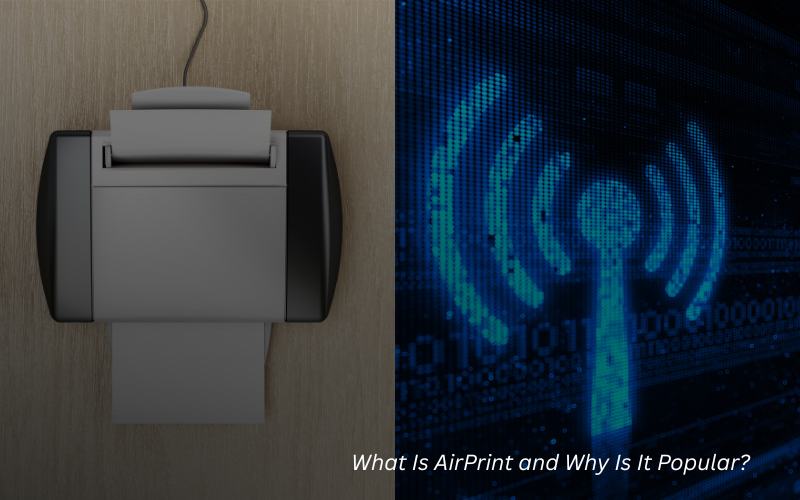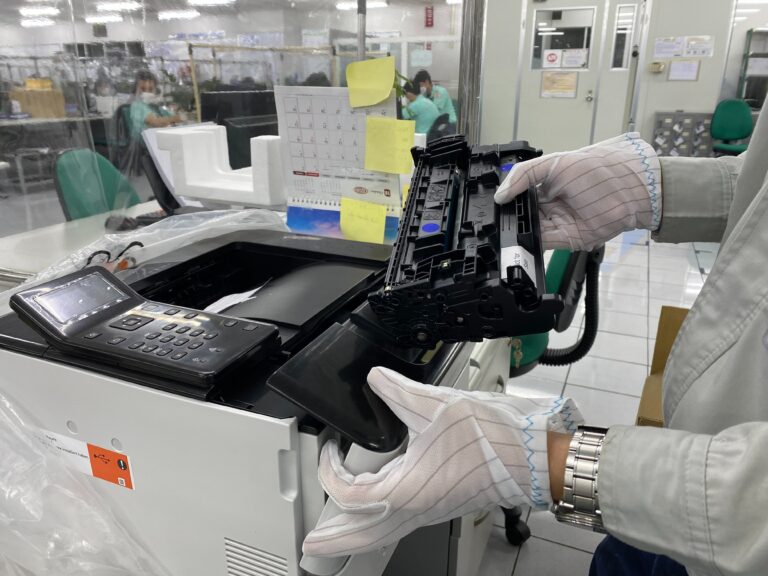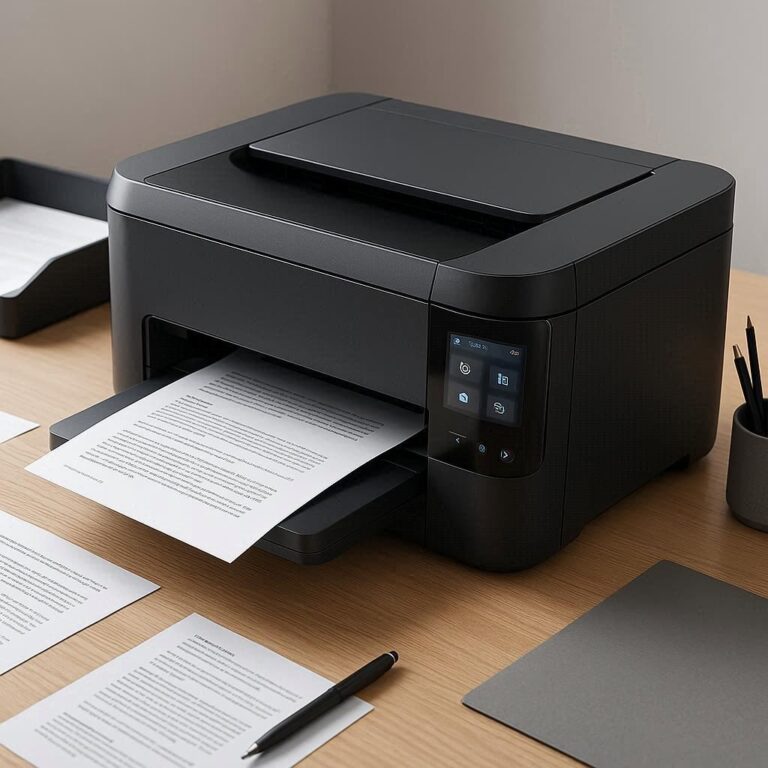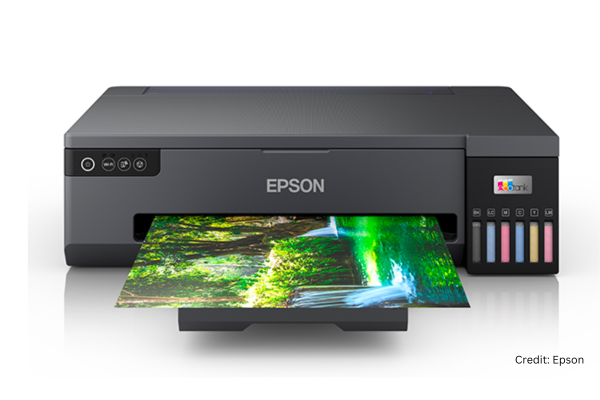Unlock Hidden AirPrint Features for Smarter Printing
Apple’s AirPrint technology has been a game-changer in the world of wireless printing, offering plug-and-play functionality across iPhones, iPads, and Macs. While many users are familiar with its basic capabilities—printing photos, documents, or emails with a single tap—few realize how much more AirPrint can actually do. Beneath the simplicity lies a robust, feature-rich system that can drastically enhance productivity, security, and user experience.
This article explores hidden AirPrint features and advanced configurations to help you print smarter and faster. Whether you’re a casual user or an enterprise administrator, these insights will help you get the most out of your AirPrint-compatible printer.
Quick Navigations
- 1 What Is AirPrint and Why Is It Popular?
- 2 Hidden AirPrint Features Most Users Miss
- 3 Advanced AirPrint Setup for Power Users
- 4 How AirPrint Compares to Other Wireless Printing Options
- 5 Future of AirPrint and Wireless Printing
- 6 Final Tips to Master AirPrint Like a Pro
What Is AirPrint and Why Is It Popular?
AirPrint is Apple’s native wireless printing solution integrated into iOS, iPadOS, and macOS. It allows users to print directly from their Apple devices without installing any additional drivers or software. AirPrint uses Apple’s Bonjour protocol for zero-configuration networking and seamless printer discovery.
Core Advantages of AirPrint:
- No Drivers Needed: Native support in Apple OS eliminates manual installations.
- Instant Device Discovery: Uses mDNS (Bonjour) to detect printers automatically.
- Cross-App Integration: Works within Safari, Mail, Notes, Photos, and third-party apps.
- Secure Connection: Leverages WPA2/WPA3 Wi-Fi standards for encrypted communication.
Hidden AirPrint Features Most Users Miss
While AirPrint is often seen as “basic printing,” there are many advanced capabilities that remain underutilized.
1. Print Double-Sided (Duplex) Without a Computer
If your printer supports duplex printing, you can enable two-sided printing right from your iOS or macOS device.
How to Access:
- On iPhone/iPad, tap the Share icon > Print.
- Tap Options to reveal print settings.
- Toggle Double-Sided ON (if available).
Tip: Make sure the duplex setting is enabled in the printer firmware as well. Some models disable it by default.
2. Print in Black and White Only
Color ink running low? You can switch to monochrome printing through app-based settings or via macOS.
On macOS:
- Click File > Print.
- Select your printer.
- Click Show Details.
- Under Color Options, select Black & White.
Note: iOS doesn’t offer this feature natively, but many manufacturer apps (e.g., HP Smart, Canon PRINT) allow you to override color settings.
3. Use Secure Printing (PIN-Protected Jobs)
Certain enterprise-grade printers support PIN-based secure printing even via AirPrint. This feature ensures documents only print when you’re physically present.
How to Enable (Varies by Printer Brand):
- Access your printer’s embedded web server (EWS).
- Navigate to Security > Secure Print Setup.
- Create a user PIN and enable secure release.
Pro Tip: Use secure printing in office environments to protect sensitive documents from unauthorized viewing.
4. Print from iCloud, Dropbox, and Google Drive
While AirPrint doesn’t print directly from cloud drives, many iOS productivity apps bridge the gap.
Example Workflow:
- Open the Files app on iOS.
- Browse to your Dropbox, Google Drive, or iCloud document.
- Tap Share > Print to send via AirPrint.
Actionable Tip: Use apps like PDF Expert or Microsoft Word for iOS for better print control from cloud sources.
5. Save Paper with Multiple Pages per Sheet
Save ink and paper by printing multiple document pages on a single sheet, a feature accessible via macOS.
How to Use on macOS:
- Open document > File > Print.
- Click Show Details.
- Under Layout, choose Pages per Sheet (2, 4, or 6).
Advanced AirPrint Setup for Power Users
Beyond native features, AirPrint can be enhanced with thoughtful configuration for both home users and enterprises.
Set Up a Dedicated AirPrint VLAN (For Offices)
In enterprise environments, network congestion and Bonjour broadcast limitations can prevent reliable AirPrint functionality.
Solution:
- Create a dedicated VLAN for AirPrint-compatible devices.
- Use mDNS reflectors like Avahi or Bonjour Gateway to control traffic.
- Segment guest devices to a separate network to prevent printer misuse.
Network Admin Tip: Apple recommends keeping AirPrint traffic within layer 2 networks. Avoid traversing routers without an mDNS relay.
Use Print Management Solutions That Support AirPrint
For organizations managing multiple printers, use print management software compatible with AirPrint.
Popular Tools:
- Papercut Mobility Print
- PrinterLogic
- ezeep Blue
- UniPrint Infinity
These platforms allow for:
- Quota tracking
- Usage reporting
- Cloud-based printer deployment
- Secure job release
Troubleshooting Common AirPrint Issues
| Problem | Fix |
|---|---|
| Printer not showing in print list | Ensure mDNS (Bonjour) is enabled and not blocked |
| Job stuck on “Connecting” | Reboot router and printer; reset print queue |
| AirPrint option missing | Verify both devices are on the same subnet |
| Can’t select double-sided printing | Update printer firmware; check duplex capability |
| Slow printing via AirPrint | Move printer closer to router; check bandwidth |
Actionable Tip: Ensure that your router firmware is up to date. Many consumer-grade routers fix mDNS issues via updates.
How AirPrint Compares to Other Wireless Printing Options
| Feature | AirPrint | Google Cloud Print (Retired) | HP Smart App | Epson Connect |
|---|---|---|---|---|
| Native iOS/macOS Support | ✅ | ❌ (discontinued) | ✅ | ✅ |
| Remote Printing | ❌ | ✅ | ✅ | ✅ |
| No App Required | ✅ | ❌ | ❌ | ❌ |
| Supports Secure Print | ⚠️ Limited | ✅ | ✅ | ✅ |
| Printer Discovery | ✅ mDNS | ✅ Cloud-based | ✅ App-based | ✅ Cloud sync |
Future of AirPrint and Wireless Printing
As printing technology continues to evolve, AirPrint is also expected to grow in scope. Here’s what to expect:
1. AirPrint Over VPN and Zero-Trust Networks
Apple may enable AirPrint to work beyond local networks using VPN tunneling or zero-trust access policies.
2. Enhanced Admin Control for Schools and Offices
Expect features like:
- Access restrictions by user/device
- Custom print policy enforcement
- Remote job monitoring
3. Integration with Siri and Shortcuts
Voice-activated printing and shortcut automation could allow you to:
- “Hey Siri, print my boarding pass.”
- Auto-print receipts after scanning a QR code
Final Tips to Master AirPrint Like a Pro
Use the Printer’s Embedded Web Server (EWS): Configure advanced settings and firmware updates.
Enable Auto-Discovery Security: Hide AirPrint from unauthorized users by applying network filters.
Combine with Manufacturer Apps: Use the HP Smart App, Epson iPrint, or Canon PRINT for additional controls.
Regularly Update iOS/macOS: Apple occasionally enhances AirPrint features with system updates.
Explore related wireless printing content:
- AirPrint vs. Google Cloud Print: Security Compared
- Understanding AirPrint Security Risks
- How to Set Up Wireless Printing on Any Device
Conclusion
AirPrint is far more than a plug-and-play solution for casual printing. With the right know-how, you can leverage hidden features to print more efficiently, securely, and professionally. From cloud workflows and duplex settings to network segmentation and secure PIN release, mastering AirPrint can transform your printing experience.
As technology progresses, Apple’s wireless printing system will likely evolve to support smarter automation, tighter security, and greater flexibility. Stay ahead by integrating these advanced techniques today—and unlock the true power of AirPrint.
AirPrint smarter. Print better. Go wireless with confidence.







